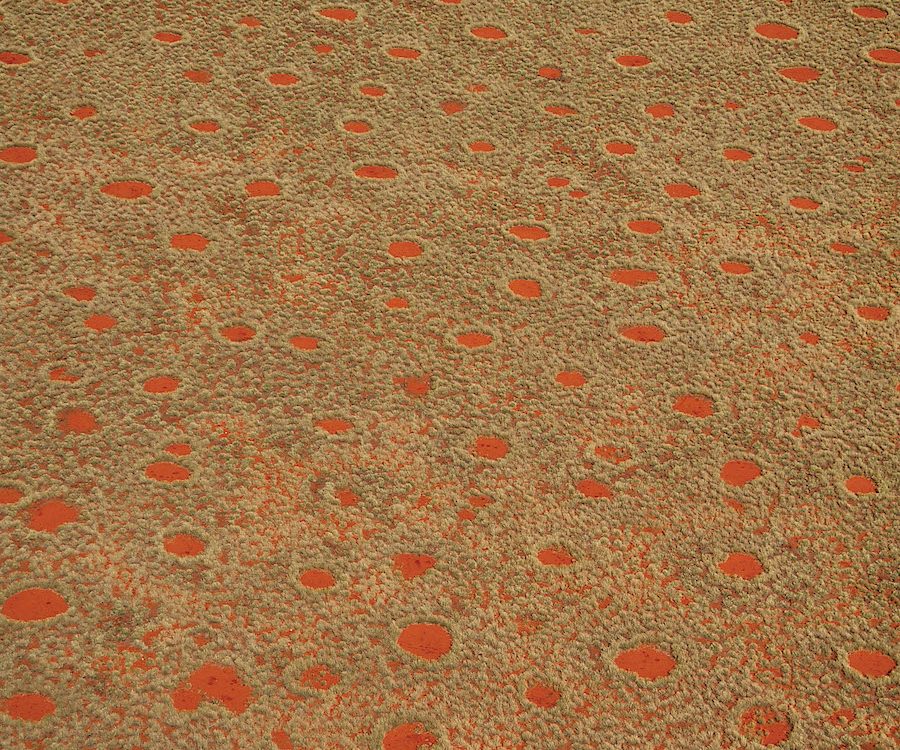
Heliodor
May 26, 2017
Where the wild things are
June 1, 2017Text Edward Jenkins | Photograph Hannes Brunner
This is the tenth in a series about Namibian gemstones. Brittleness is one factor to be considered when buying and mounting a gem; it is not uncommon for a relatively hard stone to be brittle, particularly along facet cuts. To minimise damage, brittle stones are frequently used for necklace beads, pendants, or small ornamental sculptures. A relatively brittle stone, rose quartz has been cherished as a symbol of romantic love through the ages, and polished stones shaped like a heart are commonly presented as gifts to loved ones
O ne variation on a Greek legend has it that Aphrodite rushed to help Adonis in his epic battle with Ares. In the struggle, she sustained a cut from a thorn bush, and her blood, mixed with that of the dying Adonis, dripped onto white quartz, staining it pink.
While the origins of rose quartz as a decorative adornment remains obscure, rose-quartz beads have been found in ruins in ancient Mesopotamia, dating back to at least 7000 BC, and in Assyrian jewellery dating from 800–600 BC. Romans presented the stone as a gift of love.
In more recent times, King Ludwig II of Bavaria, aka Ludwig the Mad (1864–1886) is perhaps best known for his creation of fairyland castles. For a time, he directly supervised the mining of rose quartz in Bavaria, and his personal interest in the mineral greatly increased its popularity in Europe.
The rose-coloured variation of quartz is relatively uncommon. It is mined in the USA, Germany, Brazil, Sweden, India, Madagascar, and here in Namibia.
Generally found in massive formations, gemstone-quality material is extremely rare. According to an estimate from Brazil, in one ton of ore, only half of one per cent is of gemstone quality. Rose-quartz gemstones may exhibit asterism, typically displaying a six-rayed star pattern. The feature is both sought after and rare because its presence can’t be detected until the rough stone has been cut and polished. One particular stone, perhaps the largest in the world and weighing in at a whopping 5 500 carats, appears in the collection of Michael Scott, the first president of Apple Computers.
In Namibia, rose quartz has been found in several locations in the Swakopmund district, in southern Damaraland, and in the Karasburg and Karibib districts. In particular, the Bella Rosa Mine in Karasburg District is noted for gem-quality material. If your travels take you to the Ai-Ais Hot Springs Resort at the southern end of the Fish River Canyon in southern Namibia, large prominent veins can be seen from the roadway, near the entrance.
Rose quartz is the stone of romantic love in marriage, and is said to ‘rekindle the spark’ if kept under a pillow in the marriage bed. It is also believed to enhance sensitivity to beauty, art and music, and to calm aggression and resentment. Some contend that the stone provides ‘protection energies’ during pregnancy, and can assist in weight loss.
So, if you were unable to bring your loved ones along on your trip to Namibia, a gift of a rose-quartz necklace or pendant, or a heart-shaped polished stone, may help to express your feelings about them in a way that will endure.

This article was first published in the Flamingo June 2011 issue.


